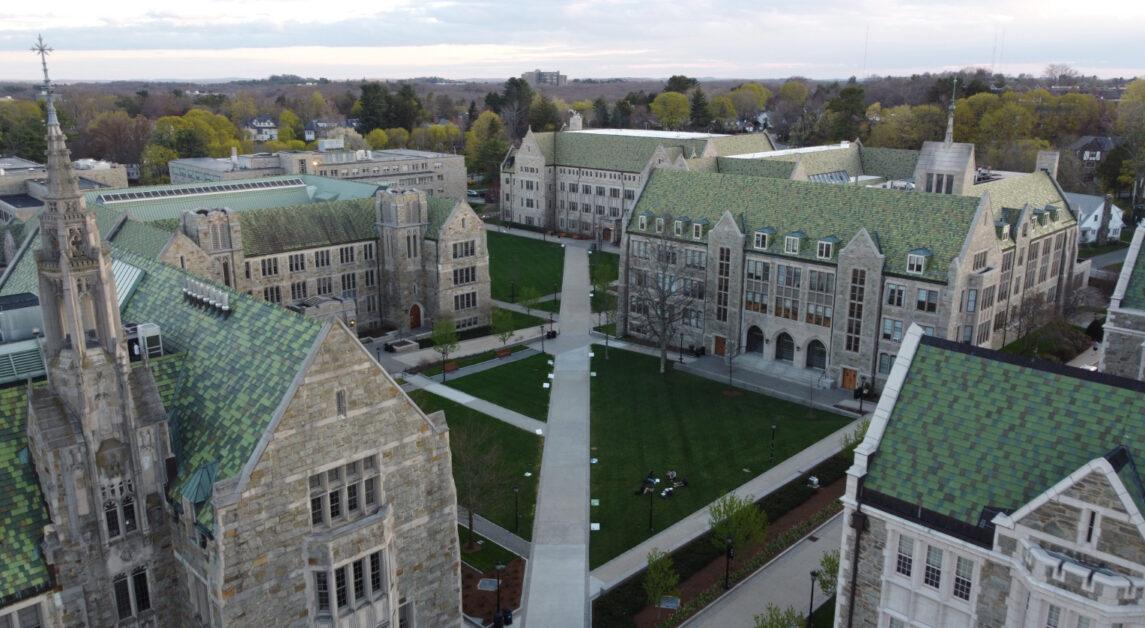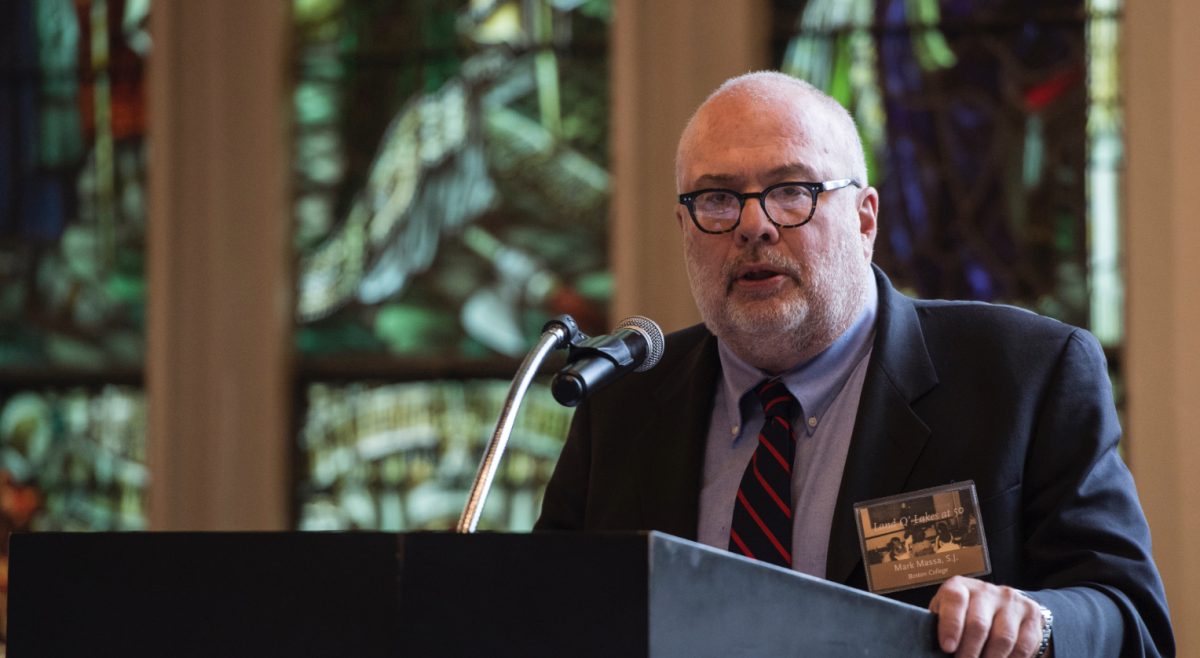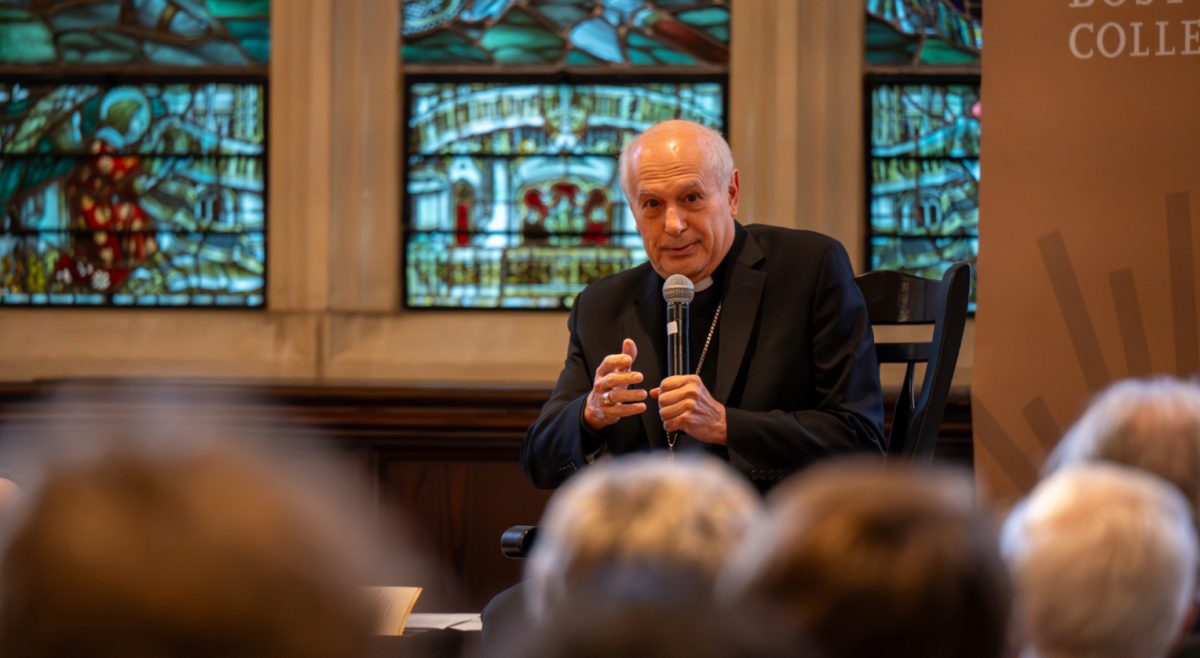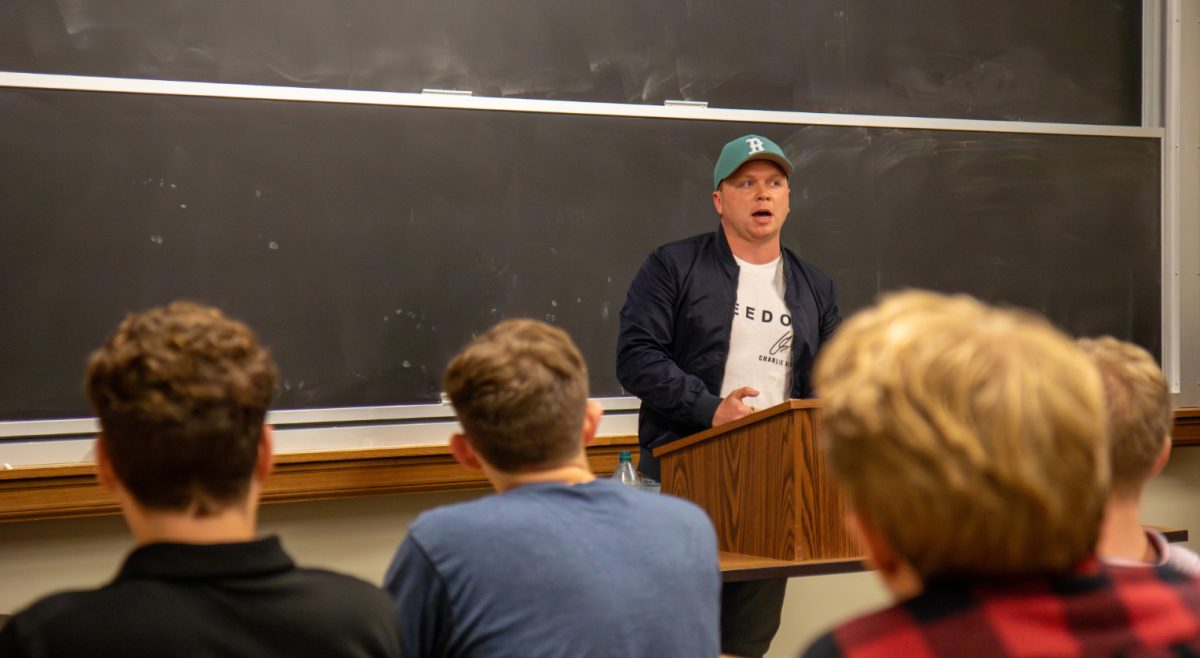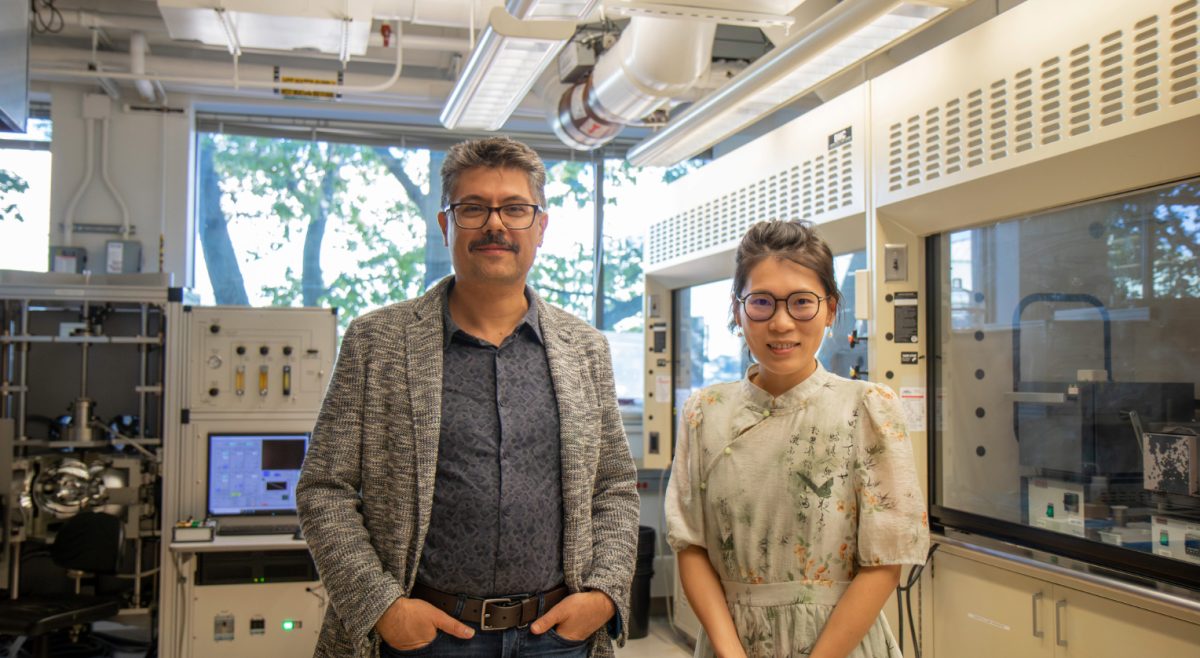Mental health and illness—topics that can be hard to discuss because they are similarly difficult to observe—were the subject of a flurry of social media posts from UGBC last week, culminating in a BC Ignites forum on Wednesday and continuing this month in the ongoing “Be Conscious” campaign. At Boston College, though, even problems that might seem more obvious, like the trouble that navigating campus poses for students with disabilities, can also slip under the radar.
Back in the early 2000s, UGBC had an active disability council—according to a 2006 article in The Heights, there was also a director of disability issues within the organizational structure itself. The council hosted events such as student speaker panels and encouraged audience members to ask questions that they may have otherwise been too uncomfortable to broach.
In the intervening years, though, the general student body’s attention to the issue has waned. Amidst various restructurings of UGBC, the director of disability issues position was dropped, and no comparable advocacy group arose to address disabled students’ concerns in the interim.
The lack of representation for students with physical disabilities was brought back under consideration this past February, however, when Phoebe Fico, A&S ’16, wrote a Letter to the Editor that was published in The Heights. “While other minorities on campus, whether they be ethnic minorities or those of sexual orientation, have groups, such as AHANA and Spectrum, that legitimize their issues, the students with physical disabilities do not have such a group,” she wrote. “As a result, their problems are most of the time forgotten, or even worse, pushed under the rug.”
In response, members of UGBC’s student assembly passed a resolution in the spring semester to create an ad hoc committee to research the status of disability rights on campus, and determine how advocacy for disabled students could fit into the division of Diversity & Inclusion.
According to former UGBC senator Dan Ibarrola and vice president for Diversity & Inclusion Martin Casiano, both A&S ’15, since the issue was raised at the same time that UGBC was transitioning to a new structure and new leadership, the ad hoc committee did not get much traction before the summer break.
Casiano said that he contacted Fico over the summer in order to stress that the division of Diversity & Inclusion did not want the issues she had raised to fall through the cracks. He and Ibarrola plan to meet with her in order to gain her perspective.
“At this point, the goals are to see what the issues are from the students that are experiencing this day-to-day—the lived experience of a student with disabilities on this campus,” Casiano said. “We really want to stray away from being able-bodied students advocating without information from that community.”
From Fico’s point of view, awareness from the student body is one of the most important things she hopes to achieve. “If you have a disability, then you don’t want to think about it—and it’s almost like you don’t want to think about it,” she said. “I think it really does make people uncomfortable, because they see something that they’re not—but something that they one day could be.”
According to Fico, there’s a general lack of understanding, from students and from able-bodied people in general, of the context around disabilities—for instance, the U.S. disability rights movement happened around the same time as the civil rights and feminist movements, yet it remains less widely known. In her view, the lack of focus on that movement correlates with the tendency within the U.S. to push disabled people out of view.
“What I would really like to do is get a lot of people with disabilities together on campus,” Fico said. “I think that when a group is divided, that’s how you sort of lose strength. So I just want to bring them together and talk about it, talk about the problems that we face here, and what we need to fix. And I would also really like to possibly do res hall talks, maybe with freshmen or sophomores, just to open up the dialogue about disability.”
Casiano and Ibarrola said that, to their knowledge, this is the first time in recent years UGBC has introduced a new type of advocacy, and they said that they wanted to spend the rest of the semester doing research into the state of accessibility at BC and having conversations with students who have disabilities, in order to better understand what sort of organizational response would be most useful. The options that they see as available are a caucus like the GLBTQ or AHANA Leadership Councils; a policy initiative orchestrated through the Student Assembly; or programs aimed at raising awareness. The pair hopes to have a more concrete plan by the end of the fall semester.
“Disabilities are an area of policy and awareness that no one’s really talking about,” Ibarrola said. “So that’s why awareness of the issue is a big thing … I think, within the student body, not a lot of people know how to address the issue. Again, that’s why we’re trying to get first-hand knowledge.”
Featured Image by Emily Fahey / Heights Editor






